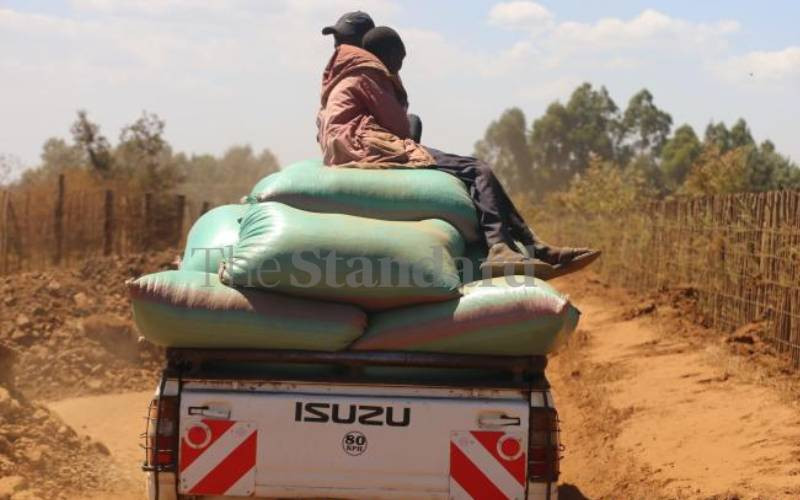×
The Standard e-Paper
Join Thousands of Readers

Lack of a national strategic food reserve, high fertiliser and fuel costs have been cited as among the leading factors that caused the raging maize crisis in the country.
Players in the cereals sector note that producers, including large-scale and subsistence farmers, released all their stocks including surplus to the market owing to high demand.